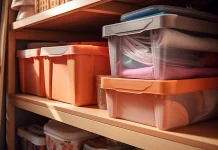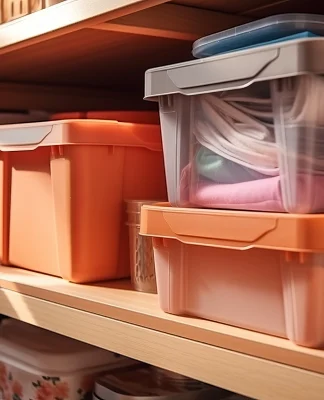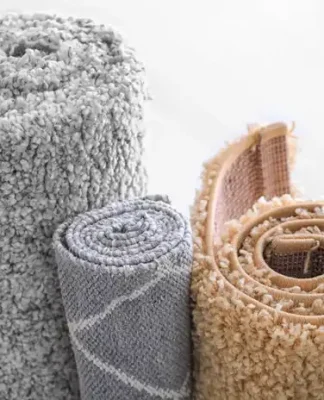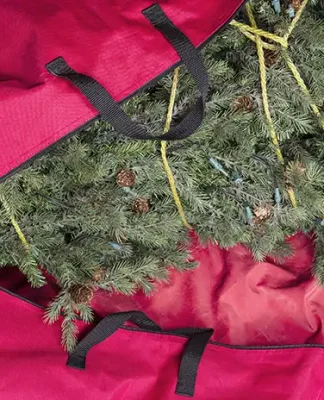The digital age has transformed the ways that we create, view and store our photographs. Nearly extinct are the days of actually loading film into a camera and having the photos developed. But, for those of us lucky enough to know the magic of film, what do you do with all those shoeboxes that are filled with actual, real printed photographs of weddings, vacations, or cute babies in baths? If you find that you can’t part with these precious moments captured on film but simply don’t have room to store them or want to make sure they are stored properly to ensure longevity, you should consider placing them in a climate controlled storage unit at your nearest Lock Up Self Storage facility.
The ideal conditions for photographs are mild temperatures and moderate humidity. Excessive heat and cold can destroy paper. The Lock Up Self Storage facility’s climate controlled units maintain a relatively steady temperature using heating and air conditioning provided by commercial HVAC systems inside of finished buildings, away from the harsh elements. This provides a safe location to store all of your photographs. Now that you have the right conditions to store your photos, you need to make sure that they are packed properly so as to prevent fading, cracking or staining. Here are some tips.
- Paper Storage Materials – Old shoeboxes and the envelopes that came with your developed photos are unsafe storage materials because they contain high levels of lignins, a naturally occurring chemical found in wood which is detrimental to printed photos over time. Lignans will turn paper brown and brittle, causing photographic memories to deteriorate. If you want to ensure archival quality storage for important photos, be sure any method you choose passes the PAT and ANSI IT9.2 tests of the American National Standards Institute (ANSI). These test whether or not paper or plastic storage materials will stain or fade photos. To ensure the safety of snapshots you’re storing, simply use high quality paper enclosures labeled as non-acidic and lignin-free.
- Plastic Storage Materials – If you’re going to organize certain photos into albums or place in sleeves for storage, avoid pages made of PVC which has a strong odor and can create acids that fade photographs and can even cause the image to stick to the PVC, permanently ruining your photo. Instead, opt for pages or enclosures made of Mylar D or Mellinex516.
- Negatives and Slides – If your negatives or slides are dirty be sure to clean them before you put them into archival safe storage boxes. Also, store any negatives or slides that may have mold on them safely away from your other slides and negatives. Mold is a living organism and will spread if given the opportunity.
- Photo Boxes vs Albums – Both methods are acceptable, it simply depends on how you want to view certain pictures. Boxes are great for storing large quantities of snapshots. Always try to organize photo boxes by date, or if needed, by special occasions to make them easier to sort through. Photo albums are a great way to organize very unique shots that tell stories about your life. The photos you value most deserve a special place to be stored. Be sure to clearly label the boxes and albums so you can find them in your storage unit.
- Digital Photos – A Lock Up Self Storage unit is a smart place to keep a back up CD or DVD of all your digital photographs as well. If your computer crashes, you’ll be thankful that The Lock Up has them safe and sound. Another good idea for very special photos such as images of great-great family members is to take high resolution scans of them and add these to your digital photo back up disk. Many of these old photos have not been stored properly in the past and despite your best efforts to rectify their storage situation, they may have suffered too much damage, making them simply too fragile to last forever. A digital file of these images will preserve them even after the paper decays.
Do you have any other photo storing tips to share? Let us know!



















These are great tips for protecting precious memories from the times before facebook.